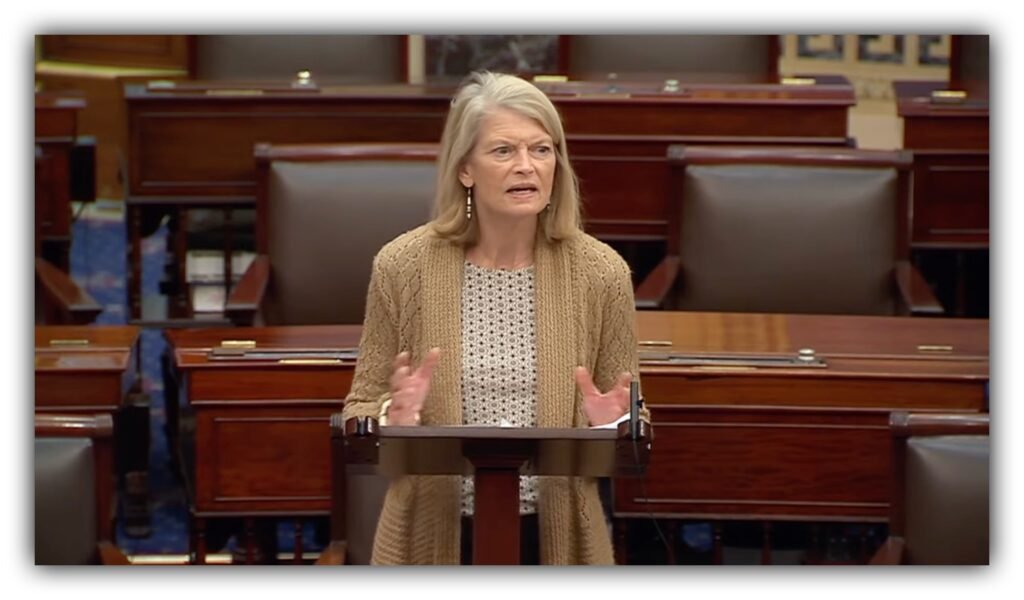A crop-duster sprays California farmland with pesticides, some containing persistent PFAS compounds that can remain in soil and water for years, posing long-term environmental and health risks. USDA photo by Charles O’Rear.
By Gina Hill | Alaska Headline Living | November 2025
Investigative Report: How Industry and Lobbyists Are Steering PFAS Pesticide Approvals

EPA’s recent approvals of PFAS-like (“forever-chemical”) pesticides are not just a regulatory footnote. They reflect a powerful, well-funded influence campaign. Chemical giants, agribusiness groups, and D.C. lobbyists are aggressively shaping policy. Millions of dollars in campaign contributions and strategic political ties to Congress and the EPA raise serious questions: whose health is being protected and whose profits are being amplified?
1. The Political & Lobbying Machine Behind PFAS Pesticides
- CropLife America, the main trade group for pesticide companies, lobbies heavily on chemical regulation, including PFAS issues, and coordinates grassroots advocacy with groups like RISE.
- American Chemistry Council (ACC) spent nearly $59 million on PFAS-related lobbying from 2019-2022, while major PFAS-producing corporations (3M, DuPont, etc.) spent more than $55 million in the same period.
- A U.S. Chamber of Commerce–led PFAS deregulation coalition spent up to $60 million lobbying the EPA and another $12 million lobbying the White House in early 2025.
- Former industry insiders now hold key EPA roles, including Nancy Beck (senior chemical-safety advisor) and David Fotouhi (Deputy Administrator).
2. Lawmakers Who Accepted PFAS-Industry Contributions

Senate EPW Committee Members
Several senators on the Senate Environment and Public Works Committee have accepted campaign contributions from PFAS manufacturers and trade groups:
| Senator | PFAS-Industry Ties (2019–2022) |
|---|---|
| Shelley Moore Capito (R‑WV) | $85,900 from PFAS manufacturers and users |
| Tom Carper (D‑DE) | $38,300 from PFAS manufacturers and users; personal stock in PFAS firms |
| Thom Tillis (R‑NC) | $4,000 from DuPont and Honeywell around key PFAS votes |
These contributions coincide with critical votes on PFAS legislation, including amendments and the PFAS Action Act.
House of Representatives
Public reporting on PFAS-specific contributions to House members is limited. Major watchdogs such as Food & Water Watch focus primarily on the Senate EPW Committee. However:
- OpenSecrets data shows that the American Chemistry Council (ACC), a major chemical-industry trade group which includes PFAS producers, gave roughly $478,455 to House incumbents in recent cycles.
- These contributions are not PFAS-specific in every case, but they demonstrate broad access and influence of the chemical industry in the House.
- Because detailed PFAS-specific contribution reporting for House members is not publicly available, the exact influence of PFAS-producing companies on individual Representatives remains unclear.
3. Why These Political Ties Matter
- Legislative Leverage: Contributions and lobbying have helped prevent stronger PFAS regulation, particularly in the Senate EPW Committee.
- Regulatory Alignment: Industry influence facilitates approvals of harmful fluorinated pesticides and narrows definitions of regulated chemicals.
- Long-Term Strategy: The coalition of firms, trade bodies, and aligned lawmakers shapes PFAS policy to avoid stricter, class-wide controls, while creating uncertainty in the House due to limited transparency.
4. Implications & Risks
- Public Health Risk: Lawmakers receiving industry funding may be less likely to hold companies accountable for contamination.
- Regulatory Capture: Industry insiders in the EPA and supportive lawmakers raise concerns about whose interests are prioritized.
- Environmental Injustice: Communities burdened by PFAS contamination face higher exposure risks while industry benefits.
- Data Gaps: Limited transparency in House-level contributions may allow PFAS influence to operate largely unseen, reducing public accountability.
Conclusion
The approval of “forever-chemical” pesticides is the result of coordinated influence by chemical companies, agribusiness groups, and lobbyists. Campaign contributions to key senators, combined with industry insiders in regulatory roles, create a system where public health and environmental protection may be compromised to favor corporate profits. While House-level influence is harder to track due to reporting gaps, chemical-industry donations indicate that PFAS and related chemical policy influence extends broadly across Congress, reinforcing the power of the industry in shaping the future of pesticide and environmental regulation.
Coming Next: 🔥 How Alaska’s D.C. Lawmakers Cash In and What It Means for Alaskans
From campaign contributions to policy decisions, we’ll dig into how donations from oil, gas, and chemical companies influence Alaska’s senators and representatives … and how those ties could affect the state’s environment, public health, and economy. Stay tuned.





